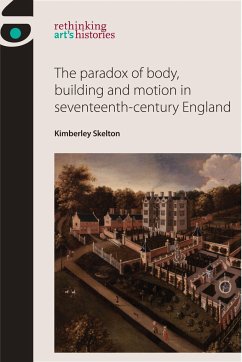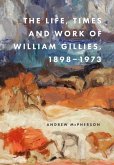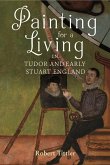This book examines how seventeenth-century English architectural theorists and designers rethought the domestic built environment in terms of mobility. In this period, motion became a dominant mode of articulating the world across discourses encompassing philosophy, political theory, poetry and geography. This volume offers a holistic synthesis of the spaces of English domestic architecture in an interdisciplinary context that reveals the visual and cultural assumptions underpinning both the seventeenth-century turn to motion, noted by Wölfflin, Deleuze and others, and recent art historical study of early modern sensory experience. From the early seventeenth-century house with its staccato physical and social rhythms, to the late-seventeenth-century house with its long vistas and changeable wall surfaces, owners and guests moved through spatial complexes increasingly intertwined in networks of circulation. Arguments across philosophy, poetry and etiquette manuals reveal the inherent human malleability and mobility assumed by designers of these spaces, while books on colonisation, travel and geography highlight the broader networks of motion in which early modern viewers lived. The spaces of house and estate, analysed here through a guest's eyes and mind, correspondingly evoked yet disciplined circulation to transform the blur of motion paradoxically into a foundation for social and mental stability. In the early decades of the century, motion - whether literal travel or floating abstract signifiers - had been alternately feared and praised, but, from mid-century and particularly in the wake of the English Civil War, authors regrounded the comprehensibility of even language itself in motion and architectural theorists rethought both book and building into a sequence of shifting phases that immobilised an innately restless viewer. With its blend of visual and textual analysis, this book will be of interest to art, architectural and cultural historians of early modern Europe as well as to other readers exploring the history of European visual culture.
Hinweis: Dieser Artikel kann nur an eine deutsche Lieferadresse ausgeliefert werden.
Hinweis: Dieser Artikel kann nur an eine deutsche Lieferadresse ausgeliefert werden.








